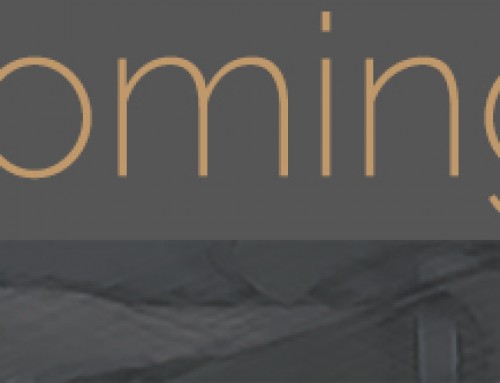
Crystal & Company |The key to insuring conceptual art
Conceptual art has the concept or idea at its heart; the media used to construct it is given secondary importance.
Until now, only an authentication certificate could give an artwork value. If and when these get lost or damaged, the artista��s work is rendered null.
U.S.-based strategic risk and insurance advisor Crystal & Company has teamed with AIG Private Client Group, a division of multinational insurance corporation AIG, to create a new insurance product for private clients with conceptual art collections, protecting them if something happened to that all-important certificate.
H A P P E N I N G spoke to Jonathan Crystal, Executive Vice President and Chief Financial Officer of Crystal & Company, about the project.
Could you tell me about Crystal & Companya��s contact with the art world?
What has been really interesting over the last five years is to see how financial values in the contemporary art world have increased. We have received many more enquiries from our financial clients, both individual collectors and institutions who are lending against art, using art as an asset in one way or another in their portfolio.
That has led us to think deeply about financial value in the context of art; traditionally, insurance is about protecting physical assets. For example if there was a fire, hurricane or earthquake, a collector would be reimbursed for damage or lost artwork. But now there are more stakeholders: there is a greater diversity among investors and lenders.
Usually if you do not have that certificate, then effectively the work of art has no value. It could have art historical value or aesthetic value, but not financial value.

Happening Collection: Lawrence Weiner
Can you tell me about how the new product differs specifically from older policies?
Insurance policies didna��t specifically spell out what might happen if a certificate was damaged, so we crafted the language for an endorsement that we worked on with AIG, the global insurance company. Our view is that when we identify a coverage that could be ambiguous, it could be a potential point of contention, maybe even litigation. We have experience with complex claims and working through issues such as loss of value with artworks that we saw this as an issue to resolve.
We have a longstanding history of working with AIG and drafted this coverage endorsement together, which functions as an extension of the existing coverage.
How frequently were damaged or lost certificates a problem?
Loss frequency in general is low, and that is why art insurance is priced very economically. We are certainly aware of situations where losses have totalled hundreds of thousands of dollars. But you really have to be thinking ahead to what might happen, not what did happen.
What, in particular, prompted the development of this insurance product?
Ia��ve been thinking about the issue of authenticity in art for over a decade, within the context of insurance. Insurance is a product designed primarily around a physical loss. If you are a victim of fraud, however, you suffer financial harm, but insurance does not generally respond to that kind of loss. We have been working with financial institutions and collectors to develop a number of structures around how to address that specific issue of authenticity.
The broader issues we are struggling with, and that will affect everyone who is engaged with the art world in the 21st century, are a�?what constitutes authenticity?a�� and a�?how do you protect and preserve your financial interests?a��.A�It is increasingly unclear what it means to have authenticity, to have possession and ownership, legal and otherwise, of the piece of art.
It is increasingly unclear what it means to have authenticity, to have possession and ownership, legal and otherwise, of the piece of art.
How long has the project been in the pipeline? Is it available now?
About a year, it was quick to conceive but sorting out the policy language with AIG took some time.
Have you noticed a surge in your private client practice?
We havena��t seen an immediate surge, however the enquiries we have received have been fascinating; from attorneys, auction houses and collectors.
So the response from conceptual artists, collectors and dealers has been positive?
It has indeed. The one area we have not heard from has been the artists themselves, but Ia��m not sure I would have expected to get a response from artists because I can imagine some being conflicted about the concept of the financial value of their art as opposed to the art historical value of their work.
Whata��s H A P P E N I N G next? Can we expect any new ventures for the art world?
There are a few things that we are working on now that are in early stages, that we arena��t yet in a position to introduce to the market. We are closely watching the online auctions and many platforms for the sale and auction of art, and we think this concern around authenticity will become an increasingly significant issue for those platforms, so we are working with them to address and incorporate protection around their buyers.




